Ai Weiwei – La Commedia Umana
3,000 glass bones. A chandelier shaped like death. But make no mistake – this is about life.
Promotional visual for La Commedia Umana – Memento Mori by Ai Weiwei. The skeletal chandelier, composed of over 3,000 glass elements, was created in collaboration with Berengo Studio and presented by Fondazione Berengo at the Abbazia di San Giorgio Maggiore. A haunting tribute to mortality, identity, and resistance.
Ai Weiwei doesn’t just create art. He disrupts, documents, dissects. His work is never just visual – it’s always structural. Built on critique, protest, and precision.
La Commedia Umana, his monumental chandelier made from Murano glass, hangs like a question above our heads. Crafted from over 3,000 individual glass elements – organs, skulls, skeletons – it’s a memento mori suspended in silence. No sound. No flashing lights. Just presence.
But death, here, isn’t the end. It’s the beginning of a conversation.
Weiwei’s work has always revolved around power – how it’s used, abused, hidden. From his critiques of the Chinese government to his documentation of refugee camps, his practice fuses art with accountability.
And La Commedia Umana does the same. It stages mortality as a confrontation: What do we forget in the name of comfort? Who do we look away from?
This isn’t gothic romanticism. This is glass as evidence.
Each bone forged in the fire of Murano is also forged in history – of censorship, of surveillance, of state violence.
In collaboration with Berengo Studio, Ai Weiwei transforms delicate material into a brutal language of critique.
“Here together with Ai Weiwei, we have used the earth, the sand from which glass is made, to build up an image of death, the one thing in this world we can really call our own.”
– Damien Hirst
And yet, even that idea – death as the only thing we own – is being contested here.
La Commedia Umana reminds us that not everyone has the right to live freely. Not everyone gets to die with dignity. The chandelier is beautiful, yes. But it’s also an indictment.
This work doesn’t mourn. It resists.
A chandelier made not to light a palace – but to haunt it.
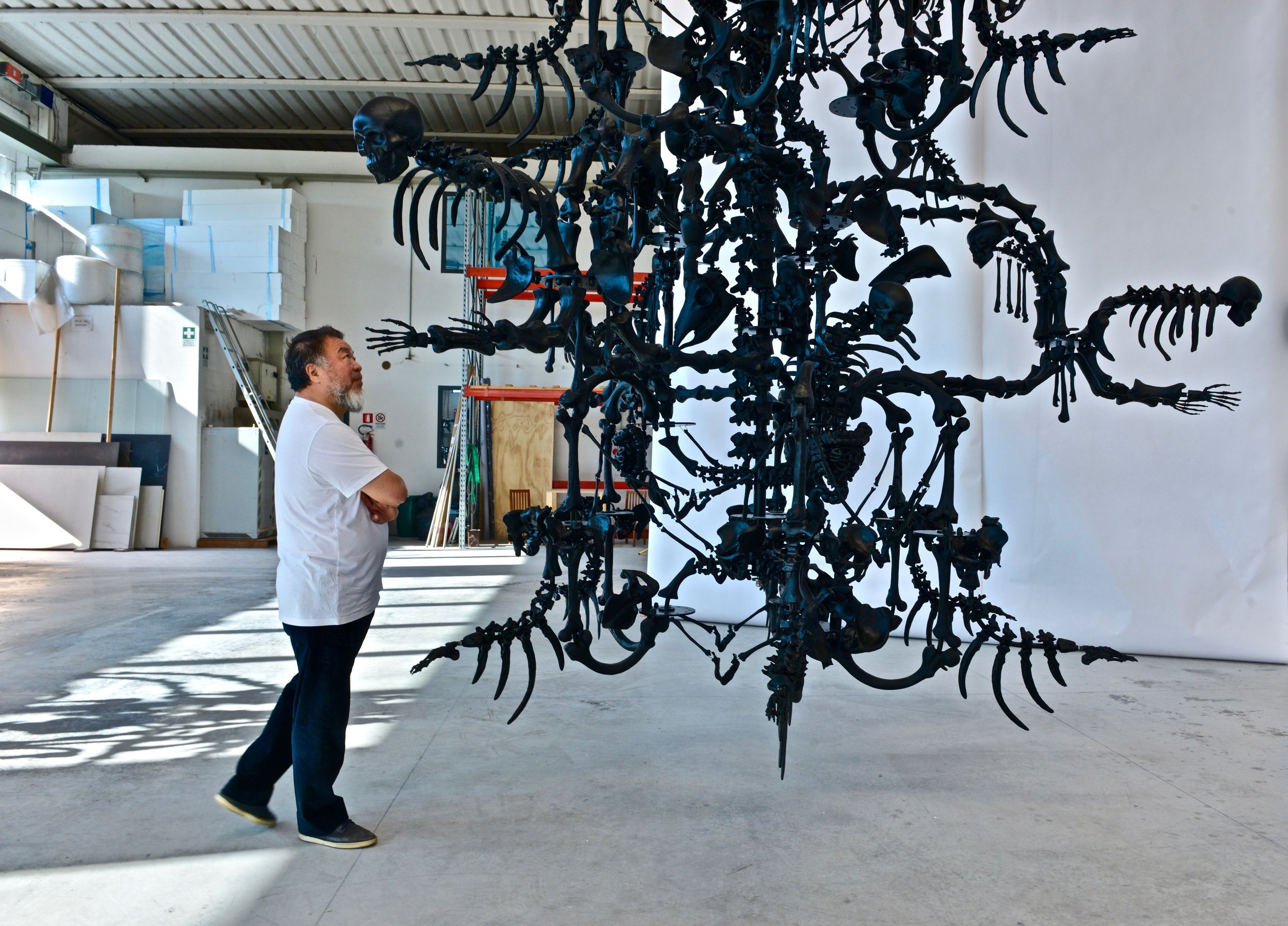
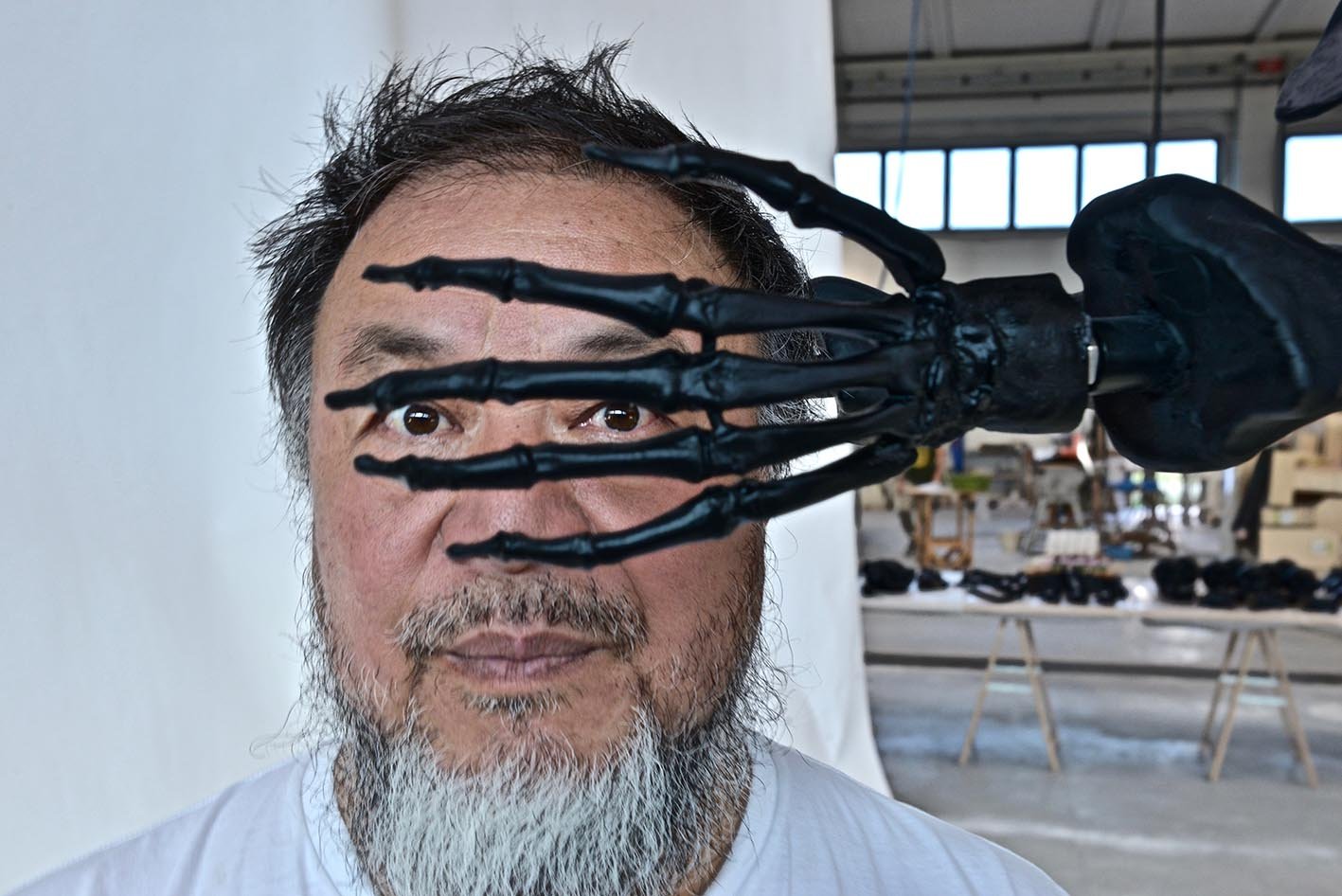
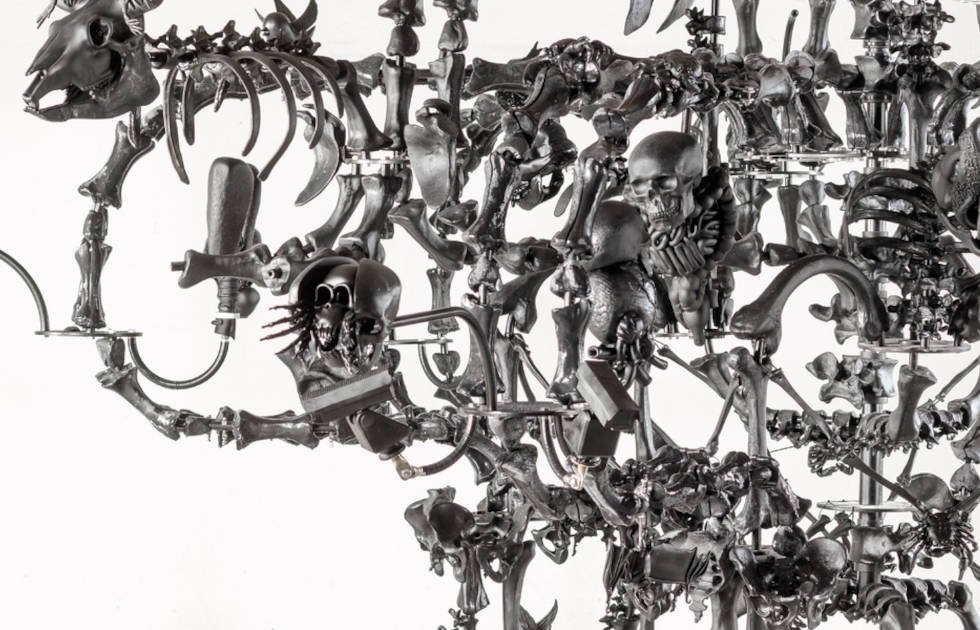
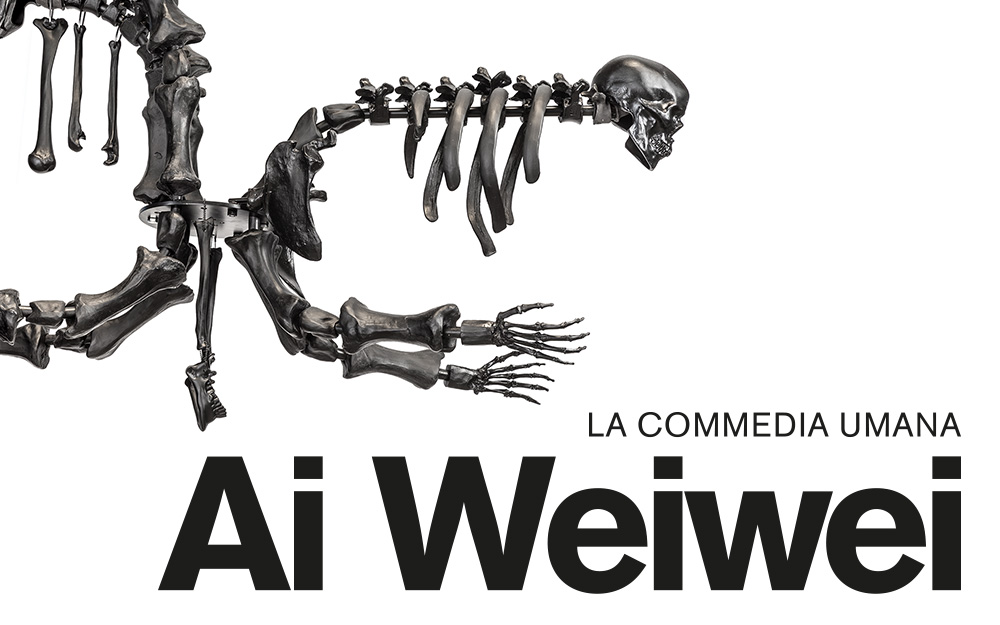
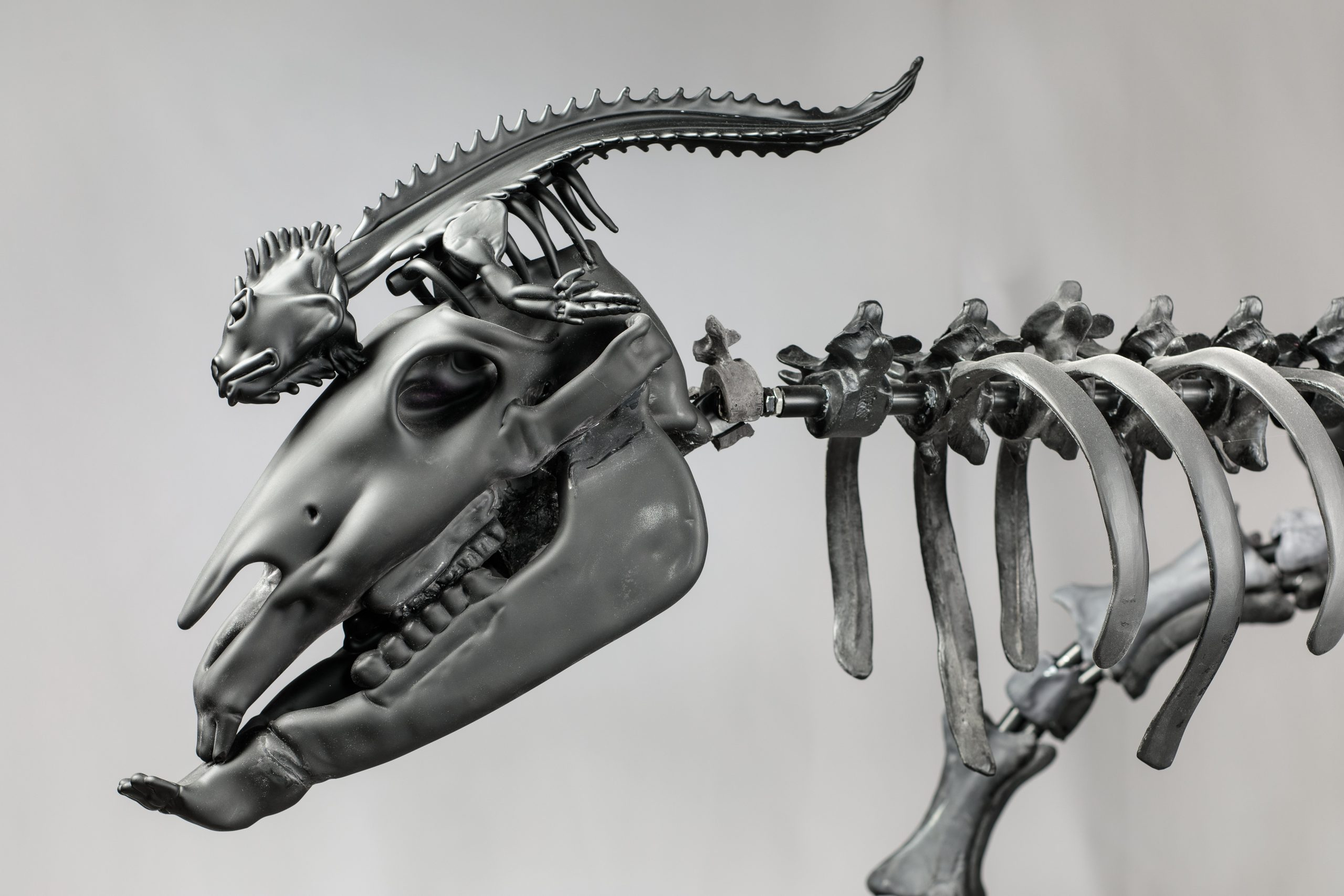
For further information check here:
https://berengo.com/news/la-commedia-umana-by-ai-weiwei/
https://www.instagram.com/p/DLcpZcroSfU/?utm_source=ig_web_copy_link&igsh=MzRlODBiNWFlZA==
Photos from Daniele Peruzzi and unknown photographers.

